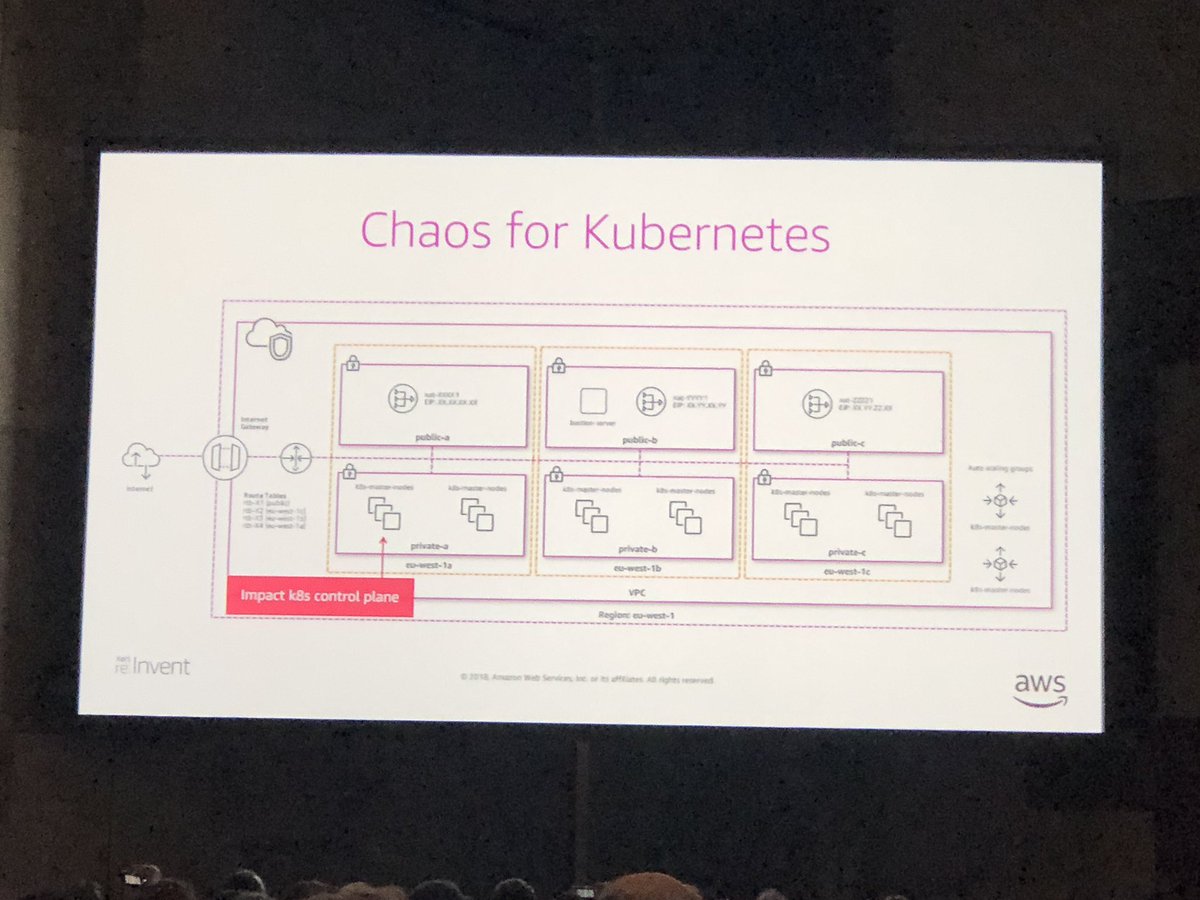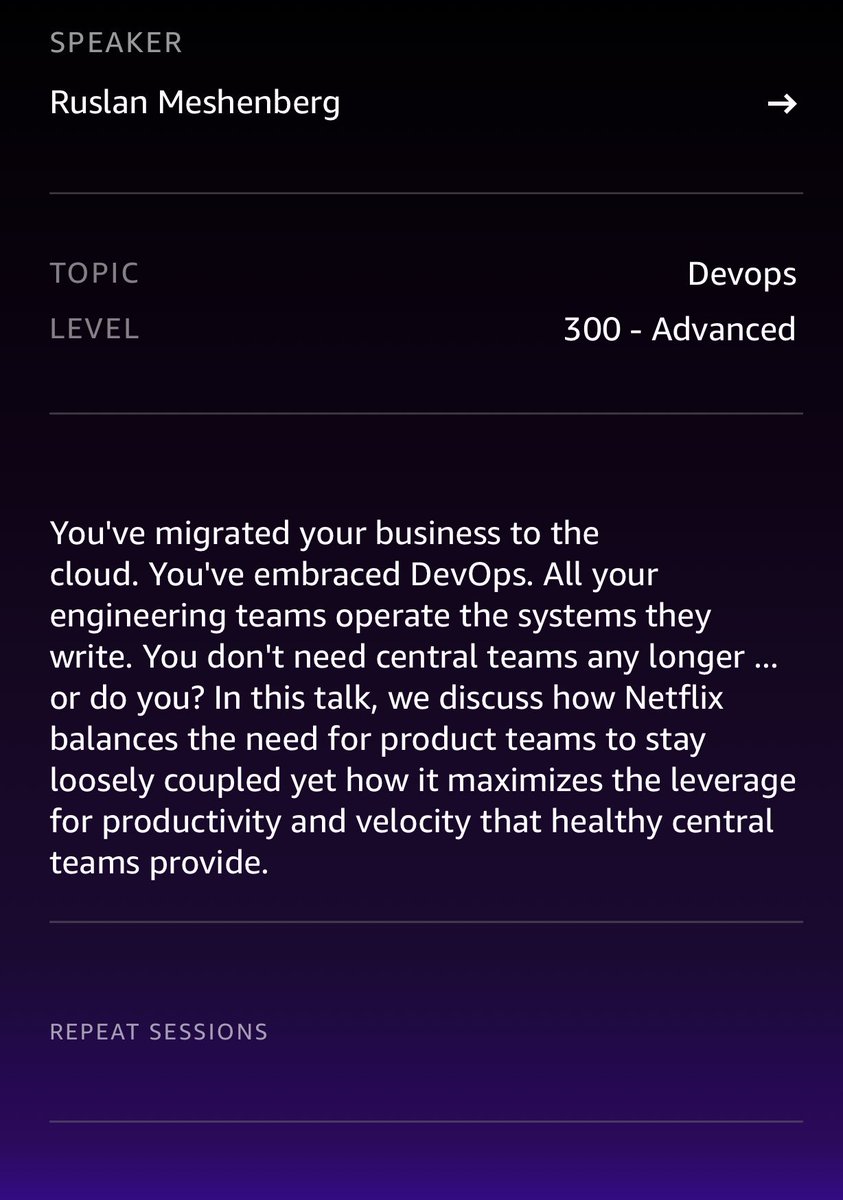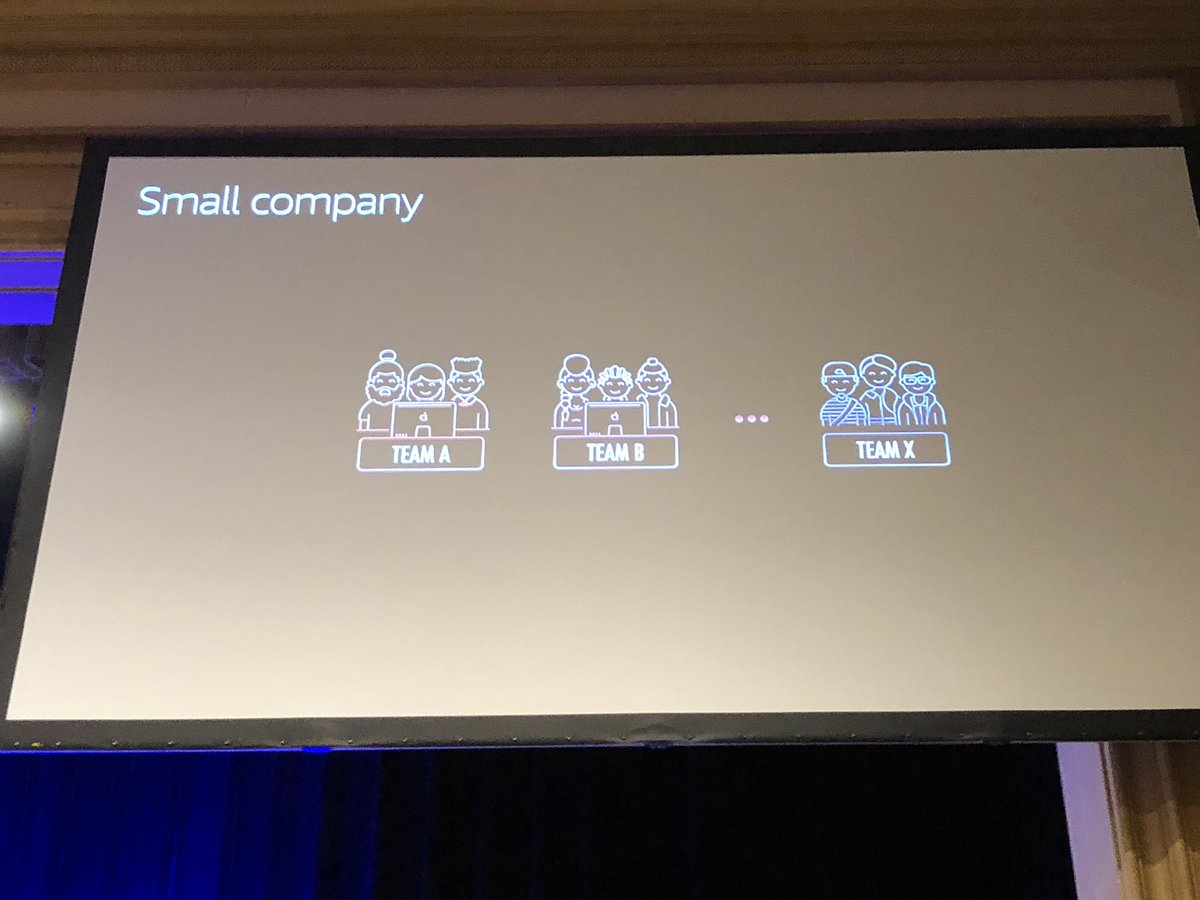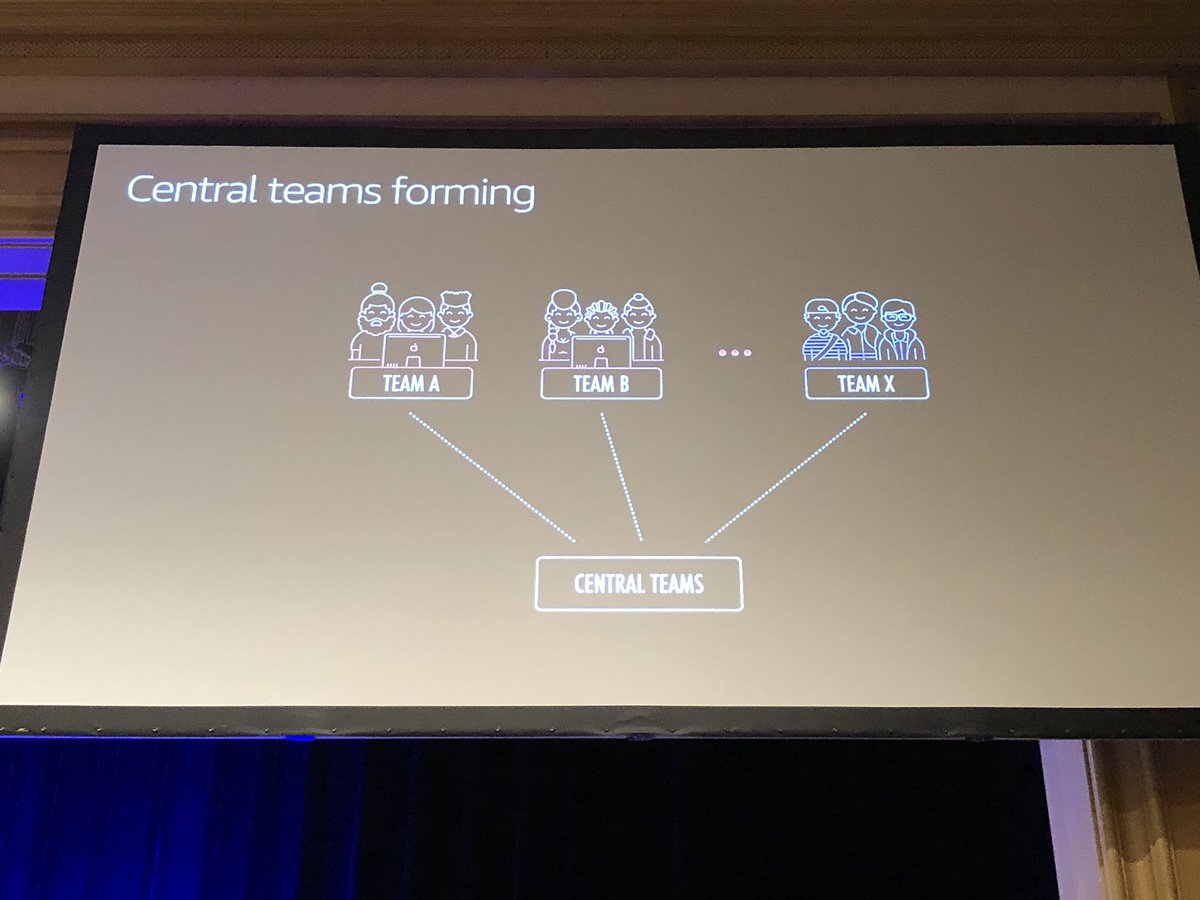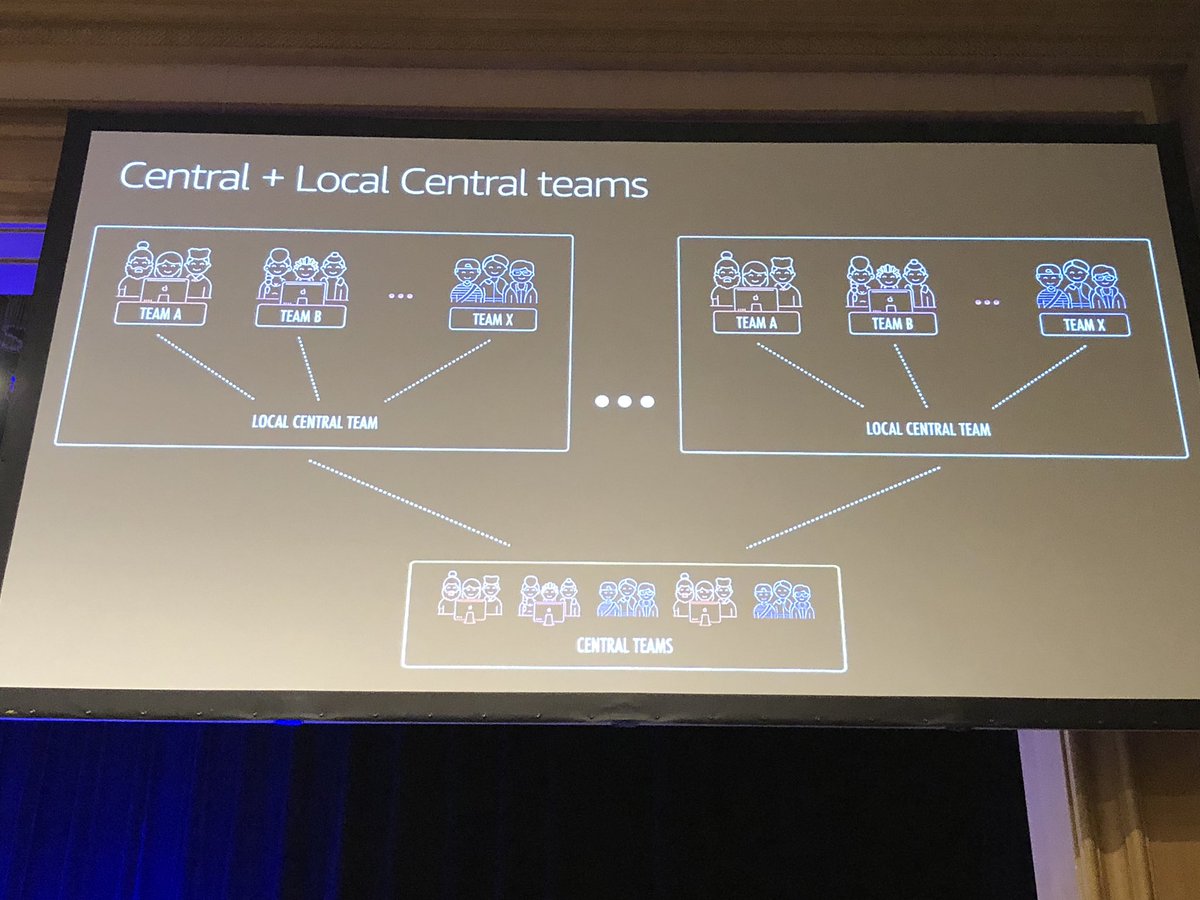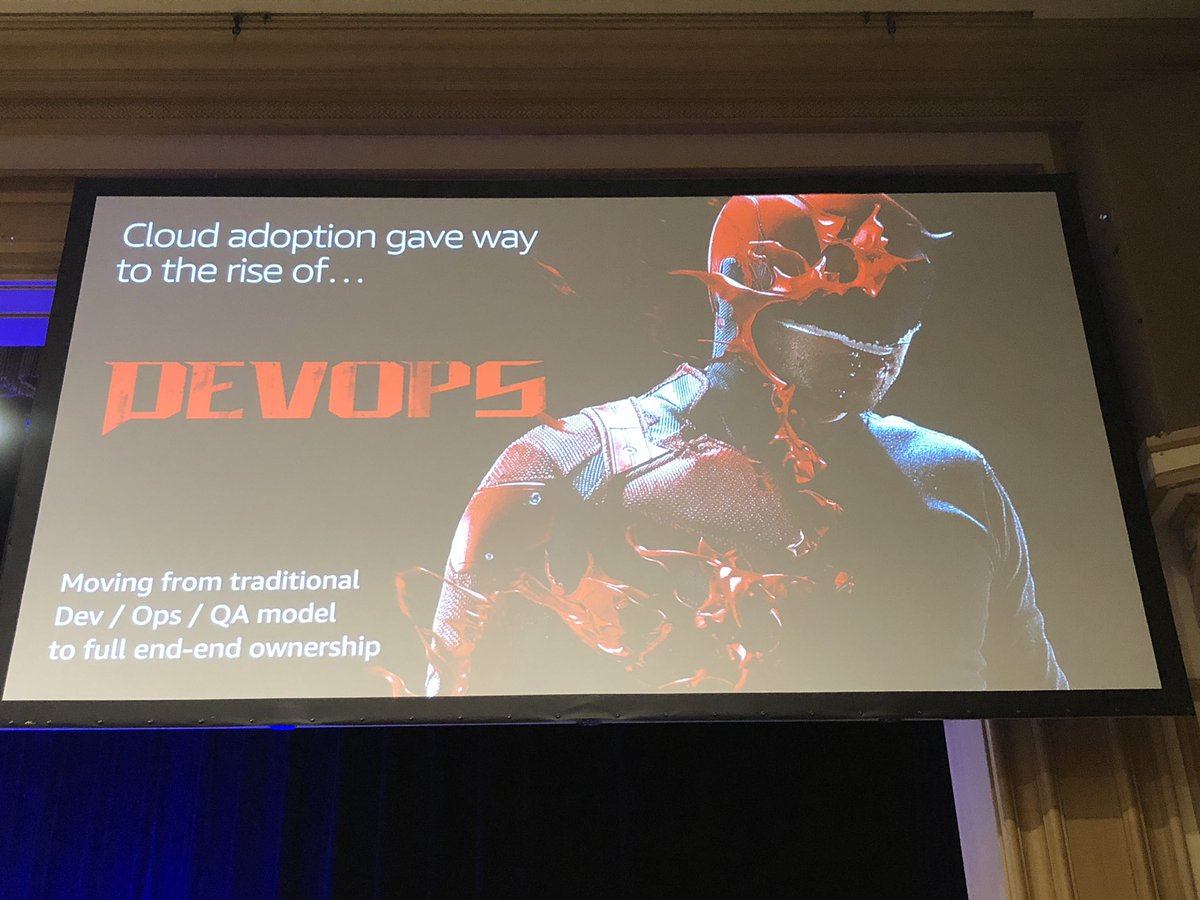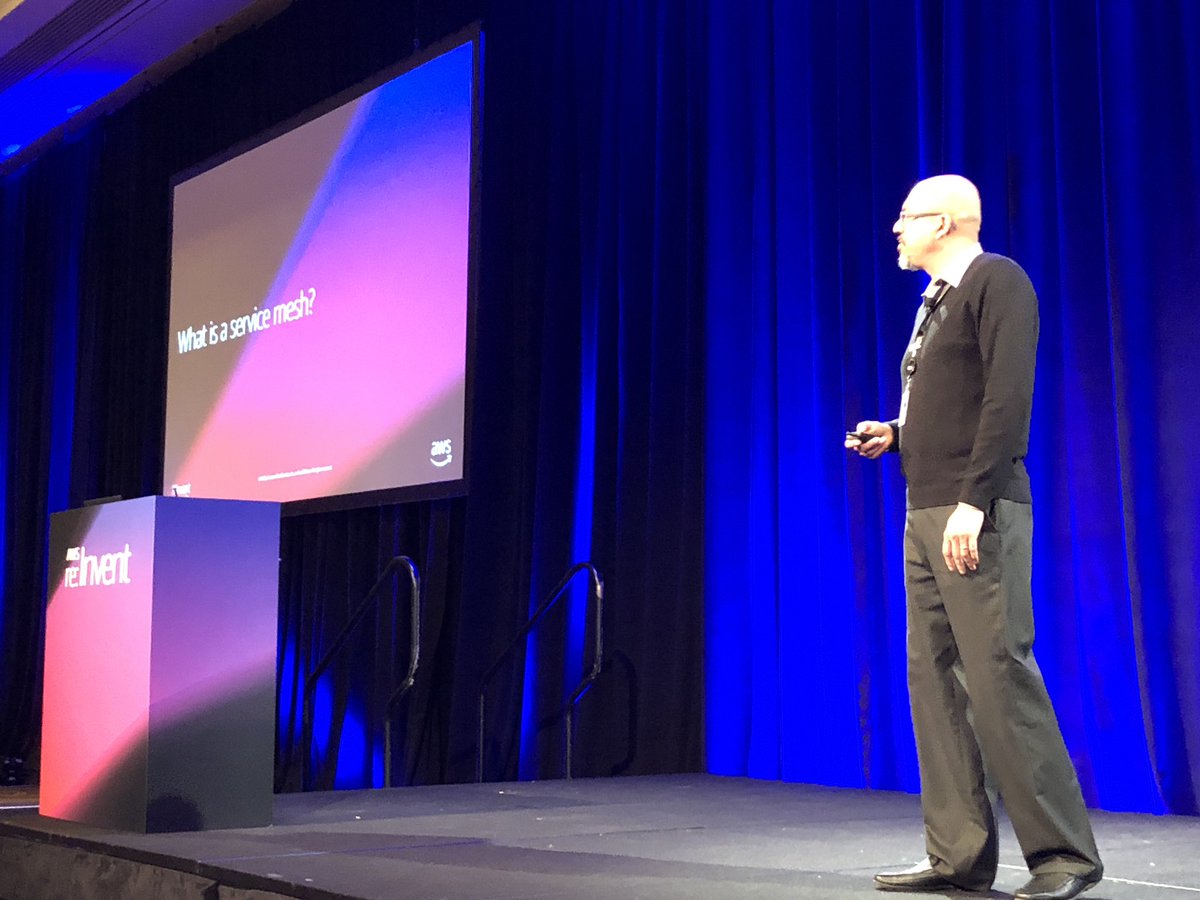- Forgot to renew a domain name
- Didn't update security certificate and it expired...
- Physical hardware issues "surprisingly computers don't function well underwater" during Hurricane Sandy
Drift Into Failure by Sydney Dekker: Everyone can do everything right at every step you may still get a catastrophic failure as a result. Protip: don't read this on a plane or with a loved one nearby!
- Operations
- Application
- Software stack
- Infrastructure
#reInvent
- Application level replication
- Structured database replication
- Storage block level replication
- Past: disaster recovery
- Now: Chaos engineering
- Future: Resilient critical systems
Will be interesting to hear the difference between Now and Future.
- Started with Sungard & Mainframe Batch, core focus on Recovery Point Objectives (time interval between snapshots)and Recovery Time Objectives (time taken to recover from after a failure)
- AWS Isolation Model: No global network or service dependencies; AZ geographical separation with synchronous replication
AWS Mechanisms: fault injection queries, simulating region failure via IAM region restriction
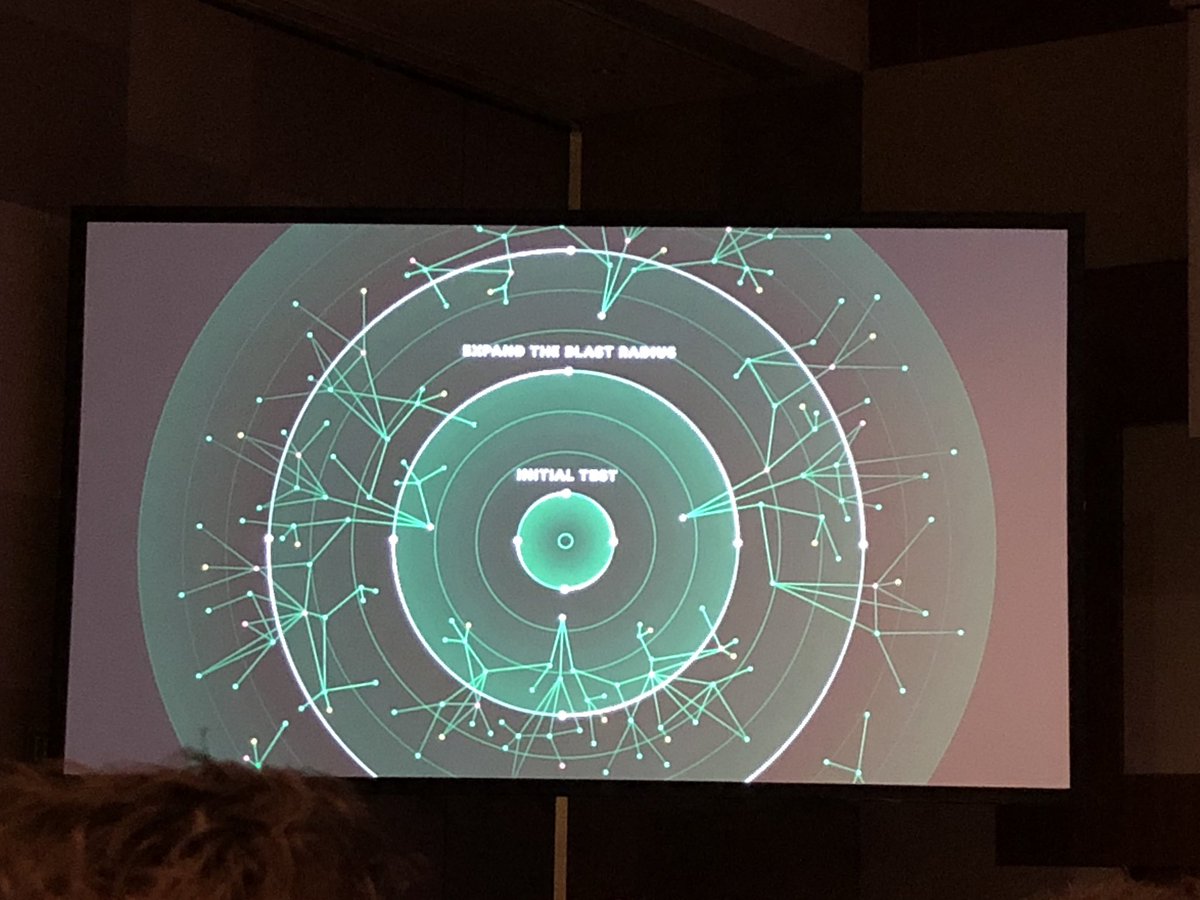
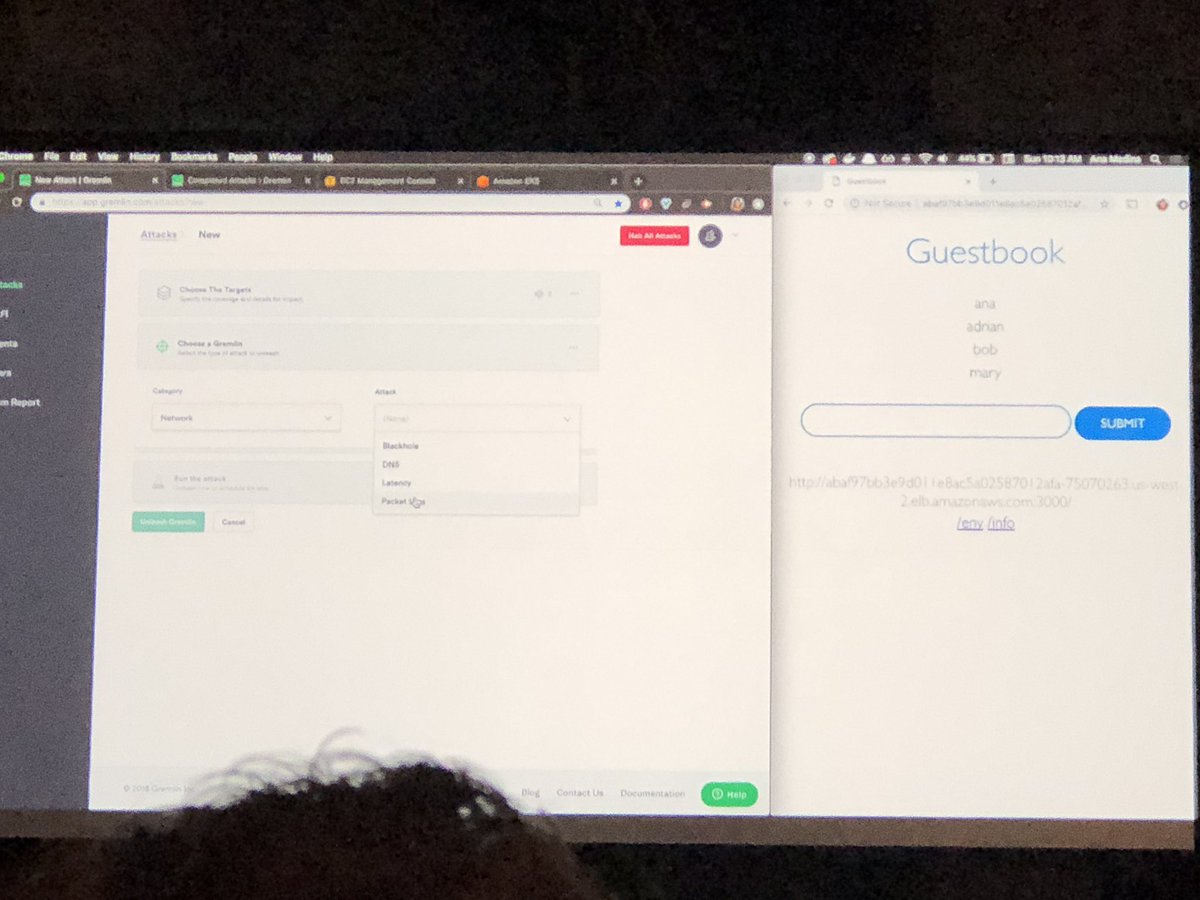
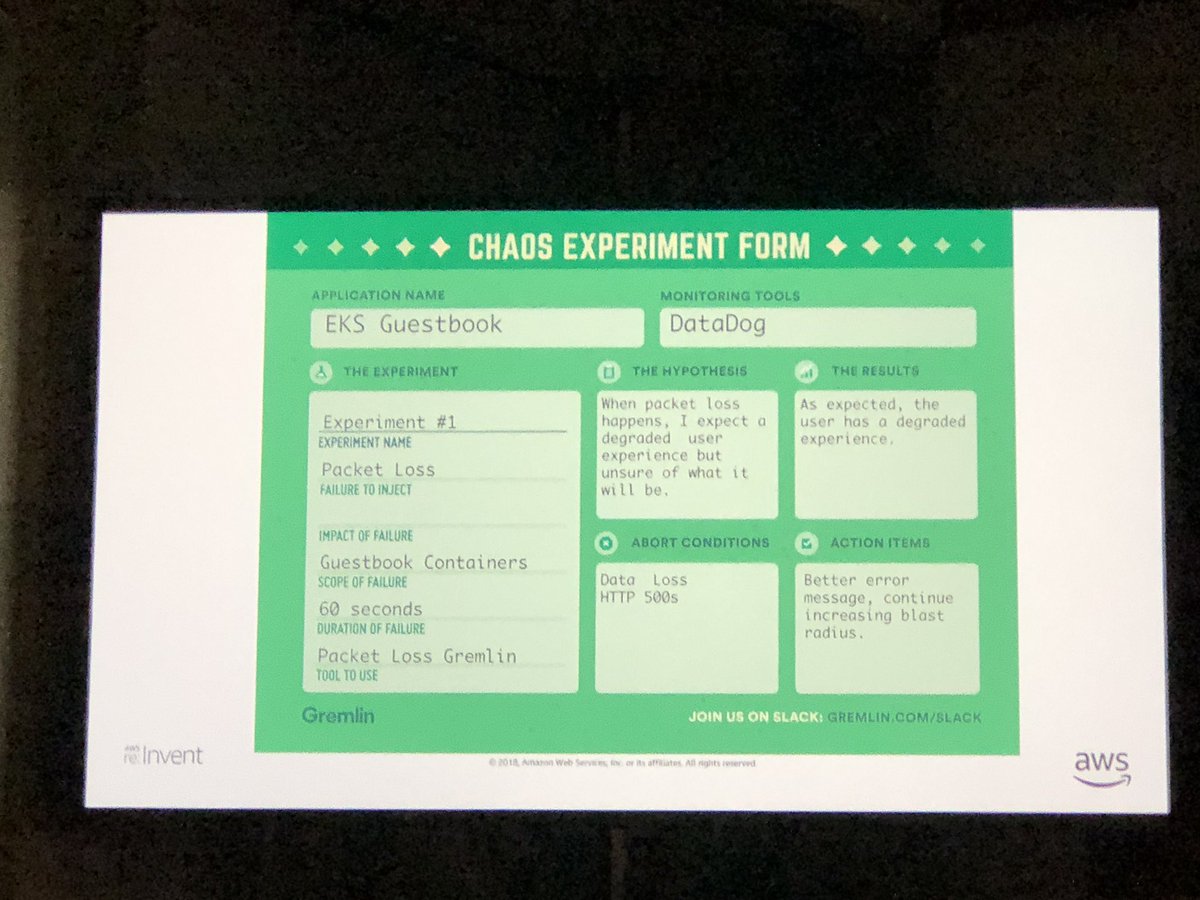
- Linux leap
- Sun SPARC cache bit-flip
- Cloud zone or region failure
- DNS failure (ok definitely seen this plenty of times - there's a great haiku about this)
Make sure to check out @ChaosConf for more details!
